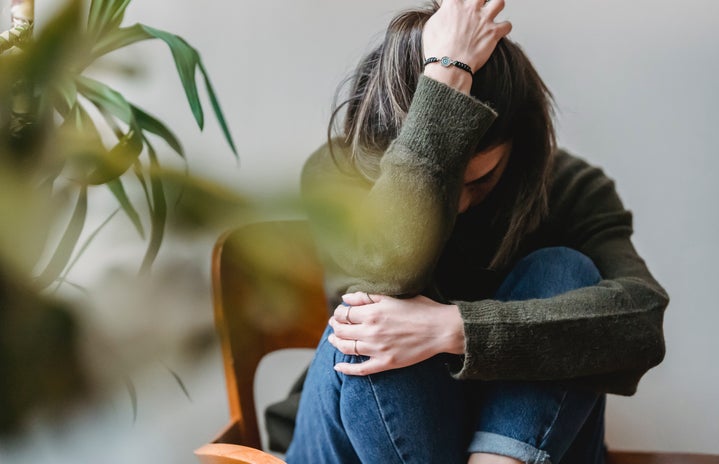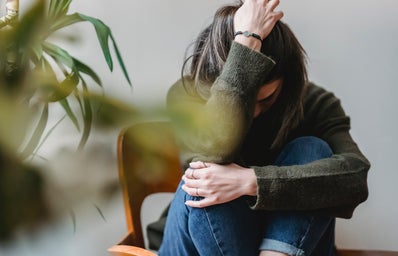During the summer, I decided that I wanted to re-dye my hair. Dyeing my hair has always been my favorite form of expression and gives me a way to spice up my appearance. I have dyed my hair burgundy, brown and even magenta at one point (by accident). This time around, however, I went for the opposite side of the color spectrum; I went blonde. Being blonde is a big change in my hair, being a natural brunette. However, I didn’t expect something as simple as hair color could change the way I and others view me as a Latina.
I was born here in New Jersey, making me a First Generation American while both of my parents were born in Peru. I’ve never felt really connected to my roots; I didn’t even know I was Peruvian until I was in first or second grade. My older cousins were the ones to explain to me that Peru and Mexico, where I assumed my family was from as a kid, were two different countries. I wasn’t even aware that more Hispanic/Latinx countries existed.
Growing up in the Latinx-dominated community of Passaic, I never felt like I belonged. I was the Hispanic girl who didn’t speak Spanish, who didn’t know anything about her culture no matter how much her family tried to share it with her. To most of the kids at school, I was the one that spoke like a valley girl and the girl that never understood a single Spanish phrase. I was the whitewashed girl, the Gringa. I was a naive and oblivious kid growing up, so much so that I didn’t know white was a type of race. I never thought about race and had always assumed people were just people.
I developed many insecurities about my racial identity as I got older. I didn’t want to be a Latinx stereotype, but I also didn’t want to be seen as whitewashed. As I grew up, I tried very hard to be as ‘Latina’ as I could. Hairstyles, fashion, lingo, music, anything to make me less whitewashed. Once COVID hit, inevitably ending my time in high school, I was able to be me without that internalized stress, but it didn’t stay like that for long.
While in college, I joined a predominantly white sorority, which I love. I didn’t think much of it until I began to learn more about them. While I was considered too ‘whitewashed’ for my Latinx friends and family back home, I was too ‘Hispanic’ for my white friends. Sure they never intentionally made me feel this way, but I still felt this awkward divide. While they talked about Taylor Swift and Italian restaurants, I would talk about Bad Bunny and ceviche. I felt out of place. Almost as if I just didn’t have a place anywhere.
I have already received my big, which for those who are unfamiliar with Greek life, is my mentor in the sorority, and to my surprise, my sorority family tree is filled with blondes. While I never thought much of it at first, I would catch myself staring at our Big/Little pictures thinking, it would make more sense had I not been Latinx. I didn’t fit in the picture. I hated that I didn’t fit in.
I dyed my hair blonde for me. I would never change myself for others, but a part of me must have thought at some point that maybe, just maybe, this would help me become a step closer to fitting in. It backfired though. Now my thoughts are, “What if my friends back home think I’m trying to be white?” In the time we spent apart, I joined a sorority and became a blonde, two things that are heavily associated with being white. “They’re gonna call you a Gringa again.”
I want to not care about this dumb fear I’ve had since grade school. The reason I’m writing this is not only for myself but for other Latinx people to know it’s okay to not fit the ideal image of a Latinx person because it doesn’t exist. I am a proud Peruana with dyed blonde hair. My hair doesn’t dictate my racial identity nor does my lifestyle. No box of hair dye will ever change that.


